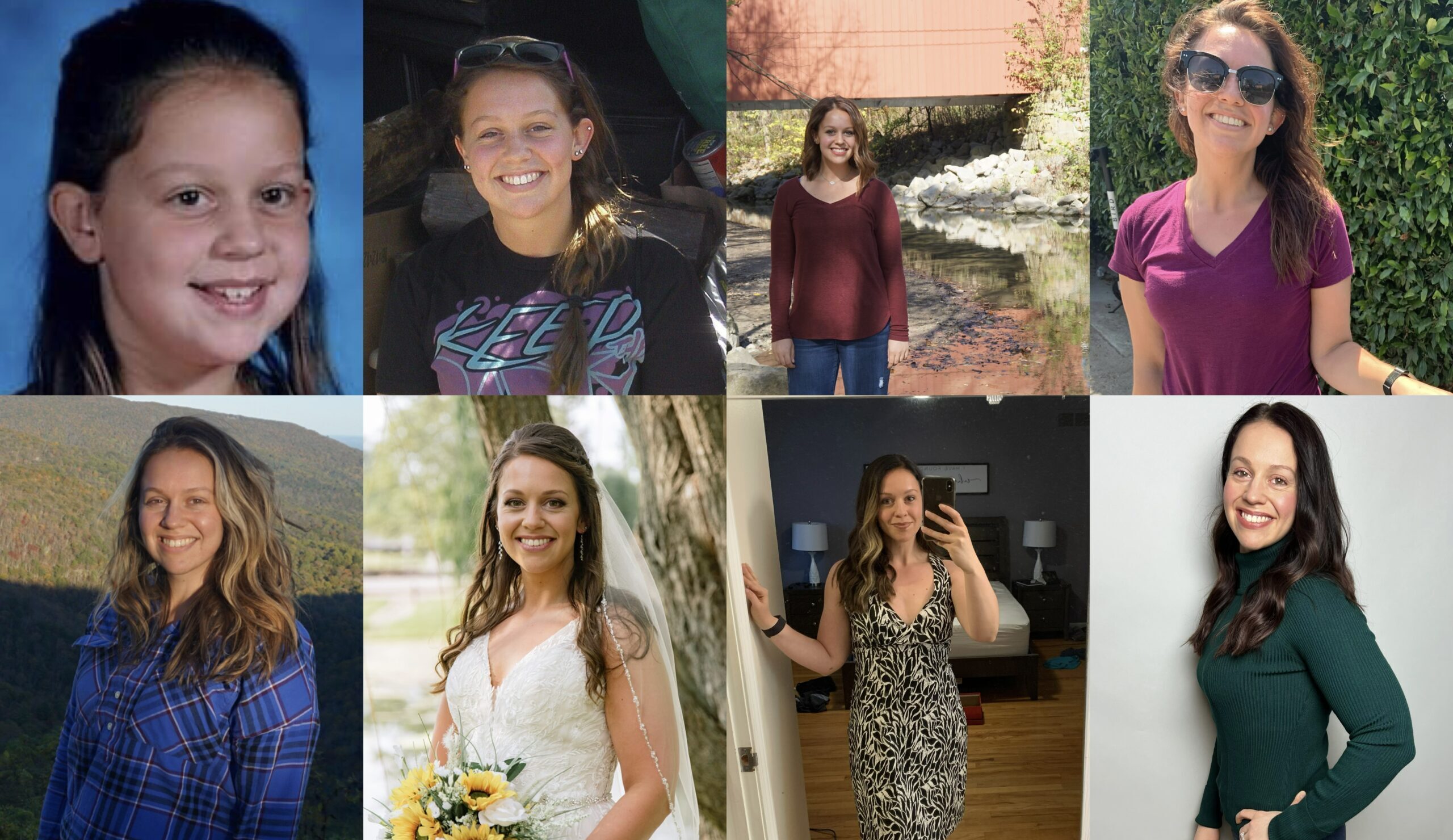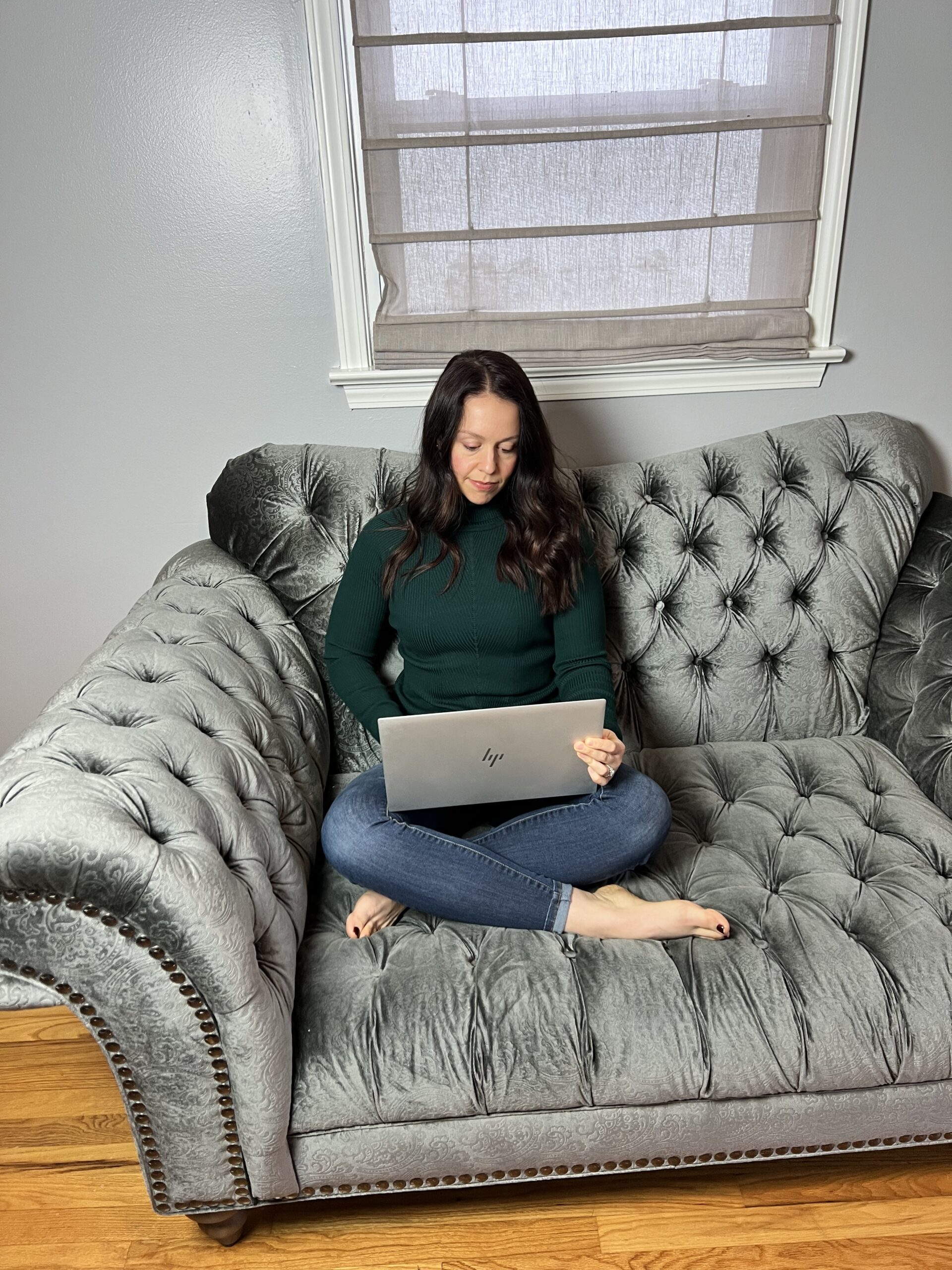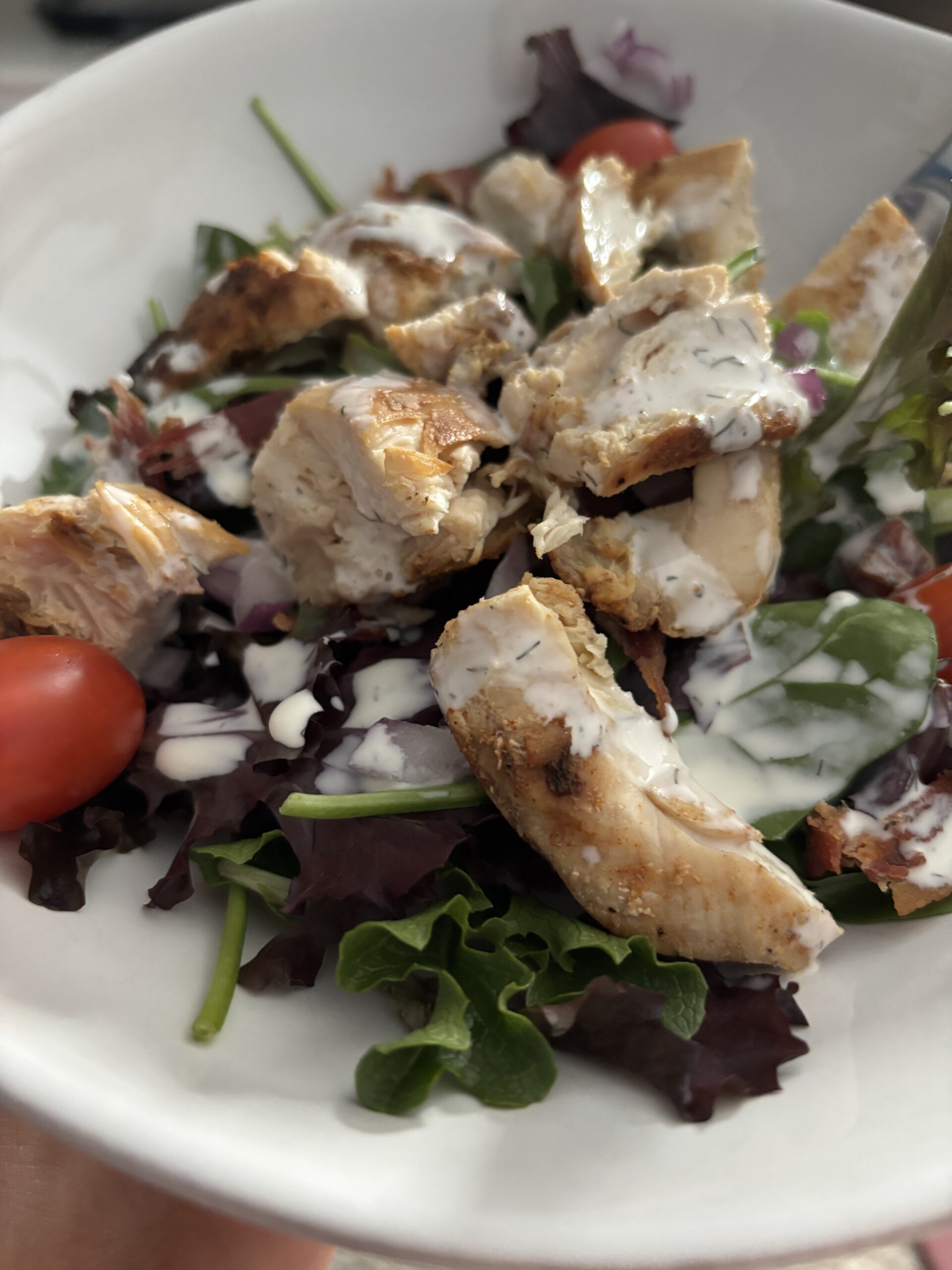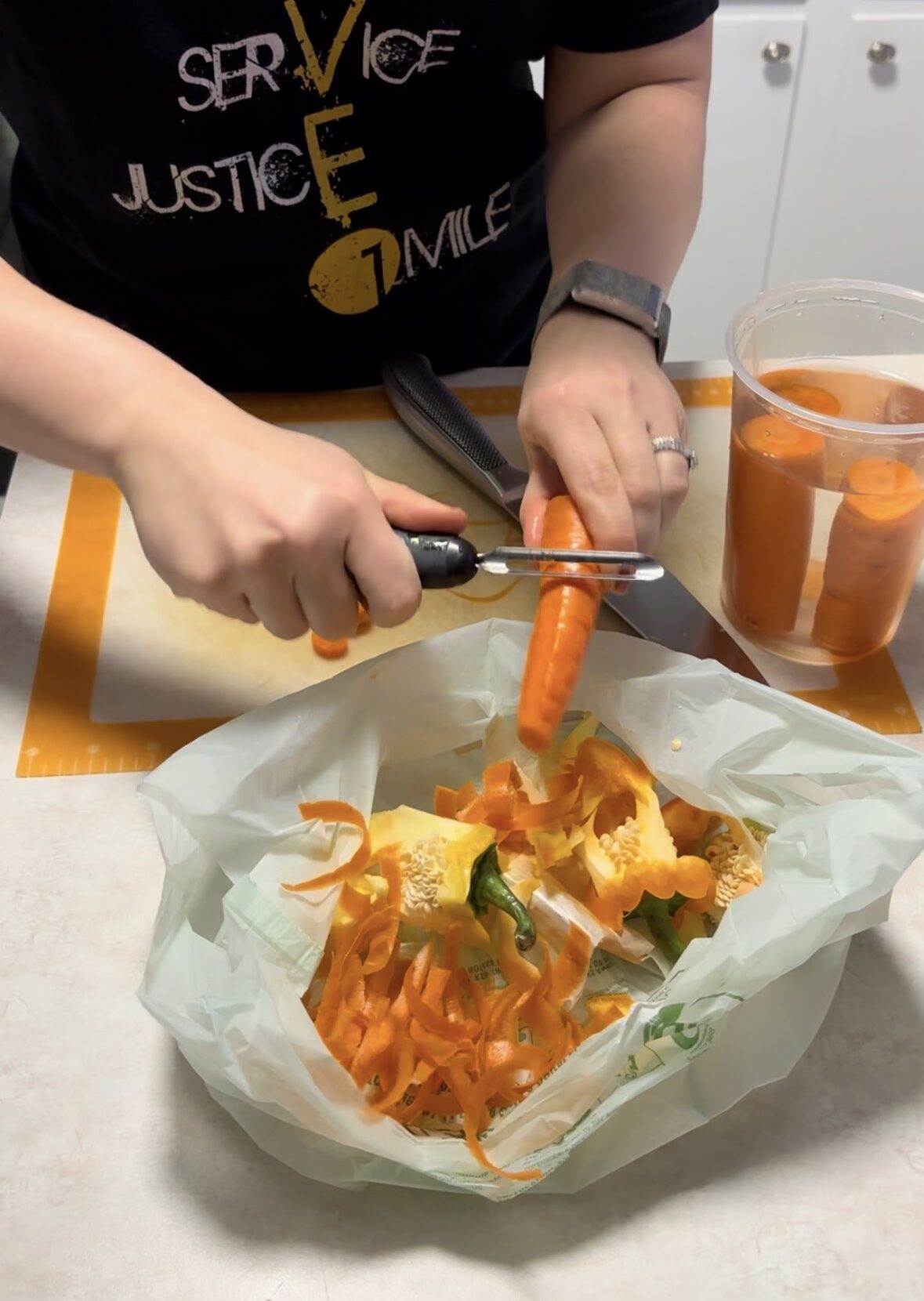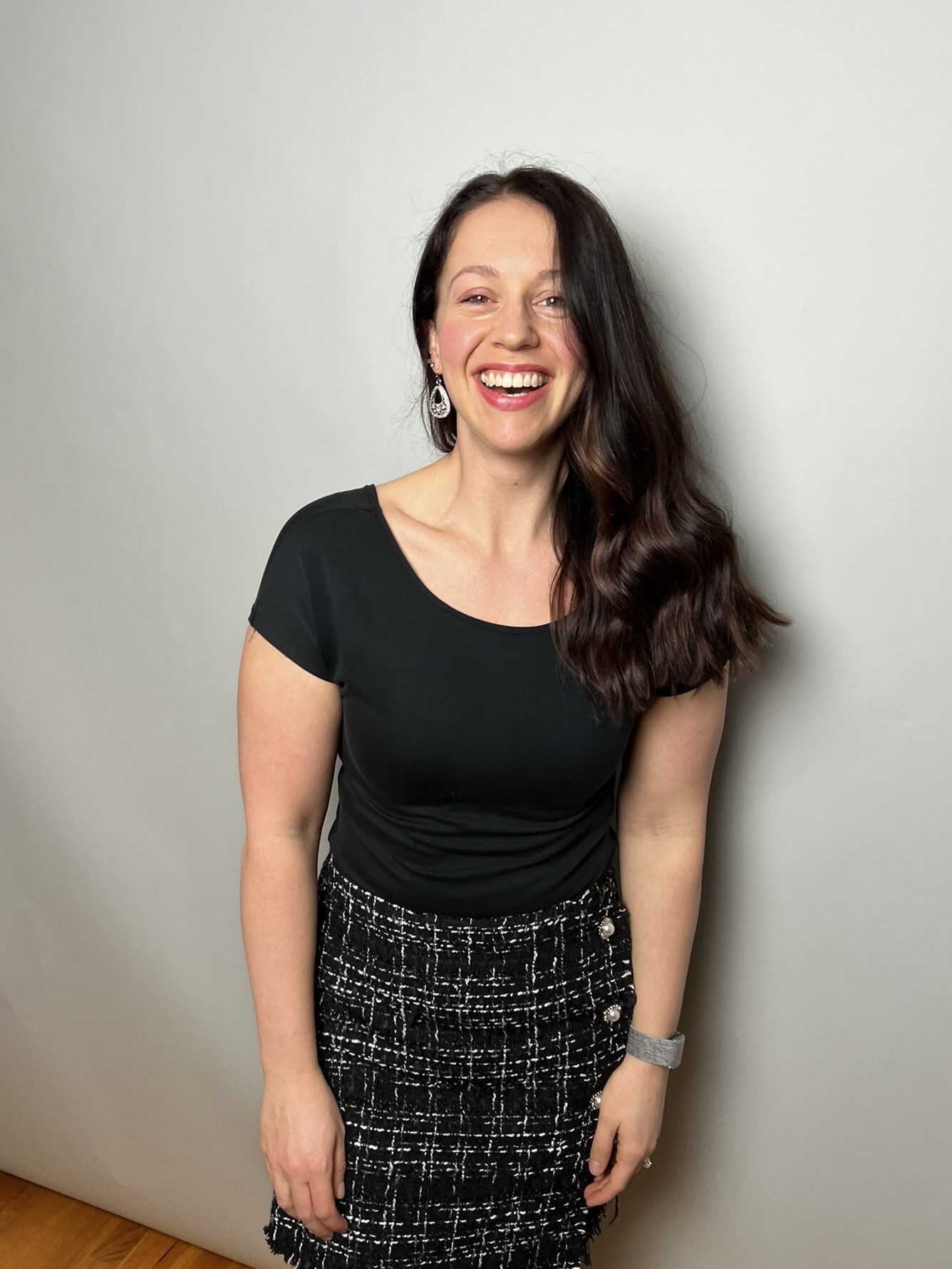What is Healthy Eating?
There cannot be one singular definition of “Healthy Eating” that we apply to everyone. Eggs might be a staple for how I define “Healthy Eating,” but if someone is allergic to eggs or hates the texture of eggs, then they may not be included in their definition. If you would have asked me 10 years ago what I thought the healthiest option would be on a menu at a restaurant, I’d point you to the salad section. Now, I’d be most likely to point to steak or chicken with potatoes and vegetables on the side. Saturated fat used to be “the worst” thing for you, but now there are scientific studies to support that saturated fat may not be bad. The more I read and learn, and the more I try new things in my own diet, the better defined “Healthy Eating” becomes for me. Regardless of your definition of healthy eating, I think it is easy to agree on why healthy eating is important. I hope after reading my healthy eating journey, it encourages you to continue on your own journey, or maybe begin a new journey to figure out what healthy eating means for you in your current season of life.
The Start of My Healthy Eating Journey
My healthy eating journey started in 2017, a few months after I graduated college. In the fall of 2017, my workplace initiated a weight loss contest. Every person on site that lost 5% of their body weight won a free FitBit. I did some calculations and realized I only needed to lose seven or eight pounds to meet the requirement. I thought, “This will be the easiest free FitBit ever!” and I signed up for the challenge. I had two months to lose the weight and I wasn’t worried at all. You see, I already decided I was going to do a Whole30 (more on this later). Whole30 was a bit of a buzzword in 2017 and a lot of people I knew were talking about it or doing it. I didn’t really know what it was, but I knew it had to do with weight loss and I had a feeling it was going to be the key to my success.
My Background
I grew up eating a lot, and I mean a lot, of carbs. Breakfast was usually some kind of microwaveable waffles or cereal. Lunches were crackers and maybe some lunch meat. Dinners were usually protein, vegetables, and always a side of bread. And of course, there had to be a Little Debbie dessert after dinner every night.
As I grew older and started cooking for myself, I never really got out of those carb-heavy habits. My go to meals were chicken and cheese quesadillas and pasta, always with a side of bread, crackers, or chips. I was a big fan of anything that was easy to throw together for my busy schedule, so Whole30 was a complete 180 from what I was used to.
What is Whole30?
If you’re not familiar with Whole30, it’s an elimination diet that is intended to be implemented for 30 days. During those 30 days you avoid dairy, legumes, alcohol, sugar, and grains. The question I was always asked without fail when I spelled out the Whole30 details was… “well what in the heck do you eat then?” I always replied with, “It’s easy! You just eat meat, fruits and vegetables.” I was a little… optimistic with my “easy” comments.
Whole30 was brought to life in 2009 by Melissa Urban who is still the CEO of the company (and is a phenomenal follow on Instagram). Whole30 was built as a practical and structured way to eliminate common foods that cause a negative response in the body. It is an elimination diet not intended to be used for weight loss, but intended to help people identify food sensitivities or allergies and find their “food freedom.” Melissa Urban describes food freedom as “indulging when it’s worth it, passing when it isn’t, and never feeling guilt or shame for doing either.” In 2018, a study was performed on Whole30 participants by a doctor in Mississippi. She found that on average, participants lost 12.11 pounds, and two-thirds of participants had lower blood pressure at the end of Whole30, among many other positive factors.
My First Whole30 Experience
I did all the preparation work I could. I read up on what I needed to eliminate (I couldn’t believe how many different names there were for sugar). I found a ton of new recipes to try. My first week of Whole30 grocery shopping, I started reading ingredients in packaged foods and there was surprise after surprise as I kept putting my normal “staple” foods back on the shelf. The first ingredient in Sweet Baby Ray’s BBQ sauce is high fructose corn syrup. The third ingredient in Prego pasta sauce is sugar. The first ingredient in a Clif bar is brown rice syrup (i.e. another name for sugar). I truly had no idea that I was eating so much sugar.
Finally, I made it home and it was meal prep time. I think I used every single dish and pan that I owned. My tiny apartment kitchen counters were covered and I was exhausted. I had my first few meals prepped though and I was feeling accomplished.
The next day at lunch I heated up my meal, excited to try my new recipe. I took one bite of this turkey and veggie mix and I gagged. I could not eat this food. I knew I liked all the ingredients, but whatever this combination was, was absolutely disgusting. I threw the rest of my lunch away. Since it was a meal prep, I threw away the prepped meals at home, too (we are on a responsible journey here, but no one is perfect!). I was a little defeated, but determined to stick with it nonetheless.
Grocery shopping and meal prepping didn’t get much easier throughout the 30 days since I wasn’t used to the sheer volume of food I needed to buy and cook. I was used to easy things like takeout from restaurants or more processed and ready to go foods. The rest of the recipes I tried were pretty good or at the very least I was able to get them down without much complaint.
Whole30 #1 Results
I tend to be a practical, data-driven, rule-follower type of person. All my research into Whole30 was about execution and making sure I was setting myself up for success to perfectly follow the rules. Another Whole30 rule I haven’t mentioned yet is that you’re not allowed to weigh yourself. I went back and forth on whether or not I was going to follow this one. After all, I ultimately was doing Whole30 to lose weight and get the free FitBit! I’m an all or nothing kind of girl and I had already decided I was all in on Whole30. Obviously the rule to not weigh yourself should’ve given me some clues about the intended purpose of Whole30, but truthfully the food sensitivity and overall health aspect was completely lost on me.
Now the first week or two of Whole30 were HARD. I was irritable and had significant headaches every day in the initial phase. I remember thinking about how I must have been addicted to sugar because I didn’t realize how much I was consuming, and that must be the cause of my constant headaches. After my body got used to my new eating pattern, I started to notice other improvements in my life. I wasn’t tired in the morning, even though I cut out coffee. I felt energized throughout the day and into the evening. I was noticeably losing weight in my stomach and my face. I was focusing better on tasks. My stomach didn’t hurt as often. These non-scale victories (NSVs) I was experiencing were great, but I was still hyper-focused on my 5% body weight loss goal to get that free FitBit.
When I finally made it to the last weigh-in of the competition, I had more than surpassed my goal by losing around 12 pounds. I won the free FitBit and I was really proud of myself for what I had accomplished. I had never spent so much time looking at ingredients or cooking my own healthy food before. Although I skipped the reintroduction phase (which is key in identifying food sensitivity issues), I kept the weight off and continued to make healthier choices. I kept a lot of my Whole30 recipes and regularly integrated them into my normal routine. I was still going out to eat fairly often and went back to being less cautious about the ingredients in the food I was purchasing.


The Food Freedom Rollercoaster (+ more Whole30’s!)
In early 2019 I completed a second Whole30 because I needed a reset for my body. This time I knew what I was in for. The ingredient-checking and time-consuming meal prepping was less of a shock. I also knew that this time I needed to go through the full reintroduction phase to help me figure out if I was sensitive to any food groups. I had been struggling with regular stomach aches, and I knew Whole30 could help me figure out if there were specific foods triggering them. After my second Whole30 and reintroduction phase I felt fantastic! Unfortunately I couldn’t pinpoint any specific food groups that I was sensitive to at the time, but I did stick with a relatively healthier diet after this Whole30 was over. I continued reading ingredients and focused on eating fewer processed foods and less sugar to help myself feel my best. I still was tempted by and indulged in various types of food. While I felt confident of the food choices I was making at home, I didn’t feel like I had actually achieved food freedom.
In early 2020 I completed a third Whole30 with my then-boyfriend (now husband). It was his first Whole30 and there was a new level of stress with double the amount of food and meal prepping needed to sustain us both. It was fun to have a partner to celebrate and complain with throughout the process though. Both of us had a great experience and I think we both learned a lot.
It was right after we had finished our Whole30 that COVID-19 hit. For a while we were doing great. We couldn’t go out to eat so we were able to maintain our eating habits in the way we wanted post-Whole30. I really felt like I was close to my food freedom. And then somewhere in the midst of the COVID work-from-home times, we started eating ice cream. Not the occasional blizzard or ice cream cone, but we were eating ice cream multiple times a week! We both gained weight and I certainly did not feel my best. I had significantly more breakouts, I was tired, and my stomach was not very happy with me. We eventually cut off our too-often ice cream habit. We slowly got back into a routine and figured out how to eat healthy at home again. Around this same time, I also started researching more about women’s hormones and how they are impacted by our lifestyle and diet choices. We started making changes based on what I was learning. We started choosing organic food, we continued to focus on Whole30-like meals that were (mostly) made from scratch and low in sugar and we tried to eliminate seed oils from our diet. Instead of making decisions like “are we going to eat Whole30 today or have a cheat meal” I started saying “how can we create a meal that is tasty, doesn’t have unnecessary ingredients and will fuel our bodies well.” I focused more on the research behind ingredients labeled as “bad” and figured out how to make the best choice for our family. For my science-brain, experimenting and learning were key in discovering the healthy eating habits that would stick.
Our last Whole30 in mid-2021 was the final reset we needed. We felt great and we knew that we needed to find our new normal that worked best for us.
My Current Food Freedom
It’s now 2024 and I think I’ve finally achieved what my current food freedom looks like. For my husband and I, that means protein sources typically come from animals. We focus on grass fed organic beef, pasture raised chicken, pasture raised eggs, and the occasional pork or lamb dish. Our carbohydrate sources are mostly fruits and vegetables. We also incorporate organic fingerling potatoes, organic sweet potatoes, and organic wild rice or quinoa. Our fat sources are avocados, olive oil, nuts, meat, and seeds. We don’t eat much dessert or drink much alcohol because we just don’t crave it frequently. We do have a daily cup of coffee in the morning, though, and you can’t go wrong with a Hu chocolate bar every once in a while! This doesn’t mean we never stray from these guidelines. I just know when I follow these guidelines, I’m setting myself up for success. I know I’m going to have the sustained energy I need throughout the day, I know my workouts are going to be fueled for optimal performance, I know my period is going to be easier, I know my mood will be more positive, and I know I’ll be a better overall human being. And for me, that’s worth it. That doesn’t mean I will never eat dairy or drink alcohol again. It means that I know my body isn’t the happiest when I make those choices so when I do choose those things, I make sure it’s worth it and I make sure I check in with how I’m feeling before I indulge.
My journey to clean eating started with a Whole30 for weight loss in 2017 and I just now feel like I discovered my food freedom in 2024. I just now feel like I have most of the information I need to choose food that makes me feel like my best self. It took a lot of trial and error and it was a rollercoaster with plenty of ups and downs since the journey started. I know the journey will continue over the course of my life as I learn new information and try new things to figure out how my body responds. That’s why I’m calling this my current food freedom – it may not look the same for me in six months or one year in terms of the foods I prioritize and choose to consume, but the feeling that I have right now is what I’m chasing to maintain regardless of the diet adjustments I make.



How to Start Eating Healthy
If you’re looking to start a similar journey, I’d recommend one of two things, depending on your personality. You know yourself best, so choose something that is challenging but achievable for you.
- If you’re up for a challenge and/or need structure and rules to follow – I would recommend checking out Whole30. It’s one of the best ways to dive into the deep end of making healthier choices and will help you begin to identify your own food freedom.
- If 30 days and a bunch of rules is too overwhelming, I’d recommend implementing one small change over the next 30 days. Maybe that means cutting out soda or fast food. Maybe that means reducing caffeine intake or adding a serving of fruits or vegetables each day. Or maybe it’s as simple as swapping out your Sweet Baby Ray’s for Primal Kitchen BBQ sauce with no sugar added, or replacing heavily processed snacks with healthier alternatives.
It took me six or seven years to get from my first Whole30 to a place where I’m truly happy and confident I’m making the best food choices for myself and my family. There were a lot of highs and lows and weight fluctuations in between. It can be hard to keep going when you want to see an immediate change. I would encourage you to not set unrealistic expectations for yourself, but to focus on small, sustainable changes over time. I’m excited to keep learning about food and what fuels my body best over the next six or seven years. If you’ve been on a similar journey throughout your life, I’d love to hear your story.

